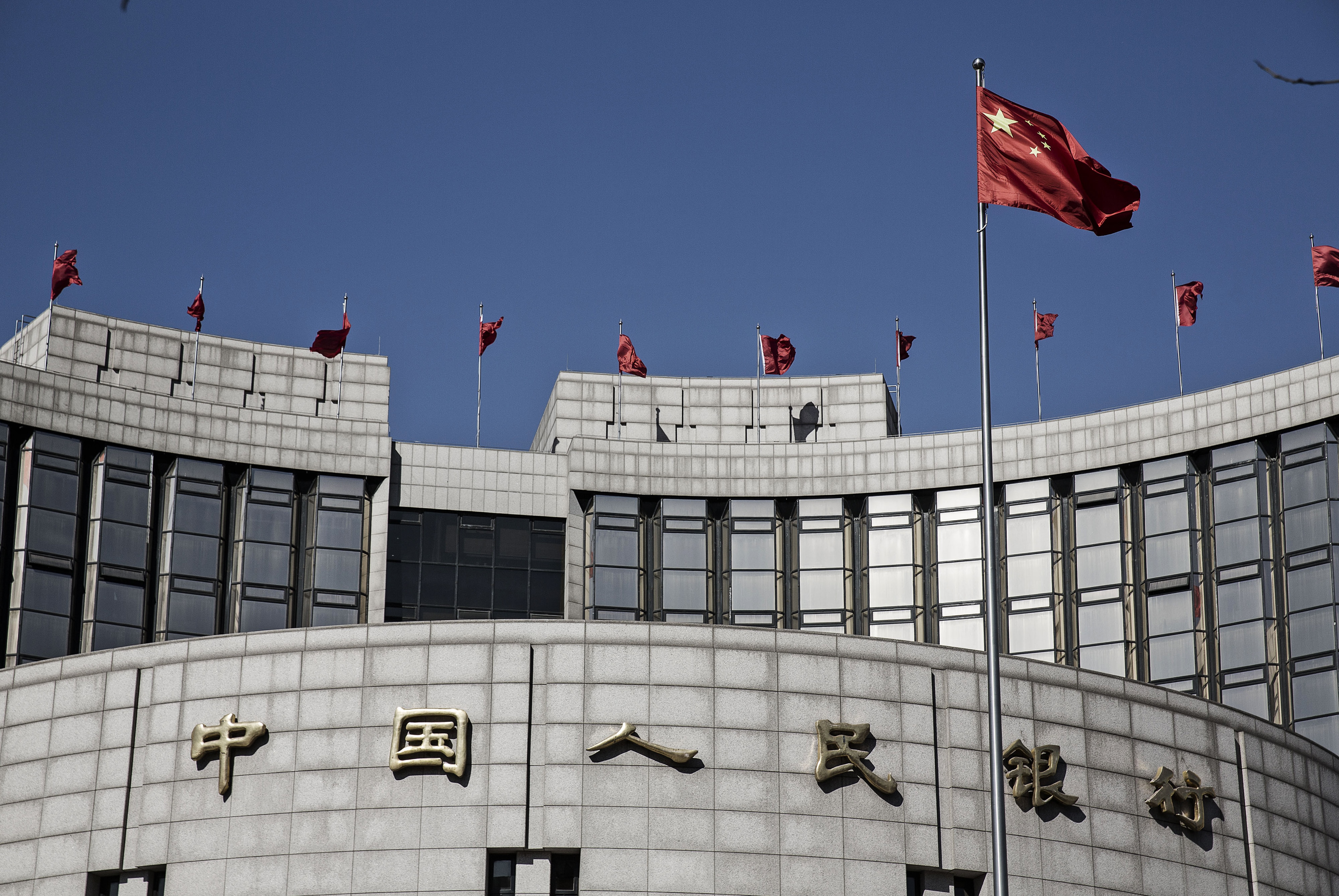London has overtaken Singapore to become the second-largest clearing centre for Chinese yuan transactions according to data from SWIFT (Society for Worldwide Interbank Financial Telecommunication). In March 6.3 per cent of renminbi Payments were transacted via London, a figure that is almost 2 percentage points higher than Singapore’s 4.6 per cent.
With the prominence of the Chinese yuan as a means of payment rising and with the closer ties between London and Beijing being reaffirmed after the establishment of the new conservative government in the U.K., the financial center of Europe has risen into second spot.
Hong Kong remains the unchallenged leader of offshore renminbi clearing with 72.5 per cent of the dealings. With impending Brexit fears on the rise in recent months, the pressure on the U.K. currency subsided in April. The polls are now turning to a resounding 'no' less than two months before the voting event.
With current market pricing still discounting some risks of a Brexit to some degree, London could get a boost to business from the vote which at this point in time seems to be resoundingly leaning towards the 'stay' (in the E.U.) camp.
Chinese yuan trading in London totals about $39 billion daily
The data provided by SWIFT has also highlighted that the value of renminbi payments via London increased by 21 per cent when compared to a year ago. The managing director for the UK, Ireland and Nordics at SWIFT, Stephen Gilderdale, commented: “Offshore renminbi clearing centers are driving greater use of the currency in global trade, and countries such as the UK are reaping the benefits.”
According to the organization, transactions denominated in Chinese yuan accounted for 40 per cent of the value of all payments between the UK and Hong Kong or China. Hong Kong dollar transactions were in second spot with 24 per cent, while 12 per cent were in pound sterling.
The renminbi has become the eighth most-traded currency in Europe’s largest foreign exchange center. That said, it accounted for merely 1.8 per cent of all transactions, which comes to about $39 billion per day. For comparison, transactions in the U.S. dollar and the euro currencies totaled $1.9 trillion daily for the former and $837 billion for the latter.
In March, the Chinese yuan’s share of global payments increased to 1.88 per cent in value terms, which cements its spot as the fifth most actively used currency for international transactions.

















